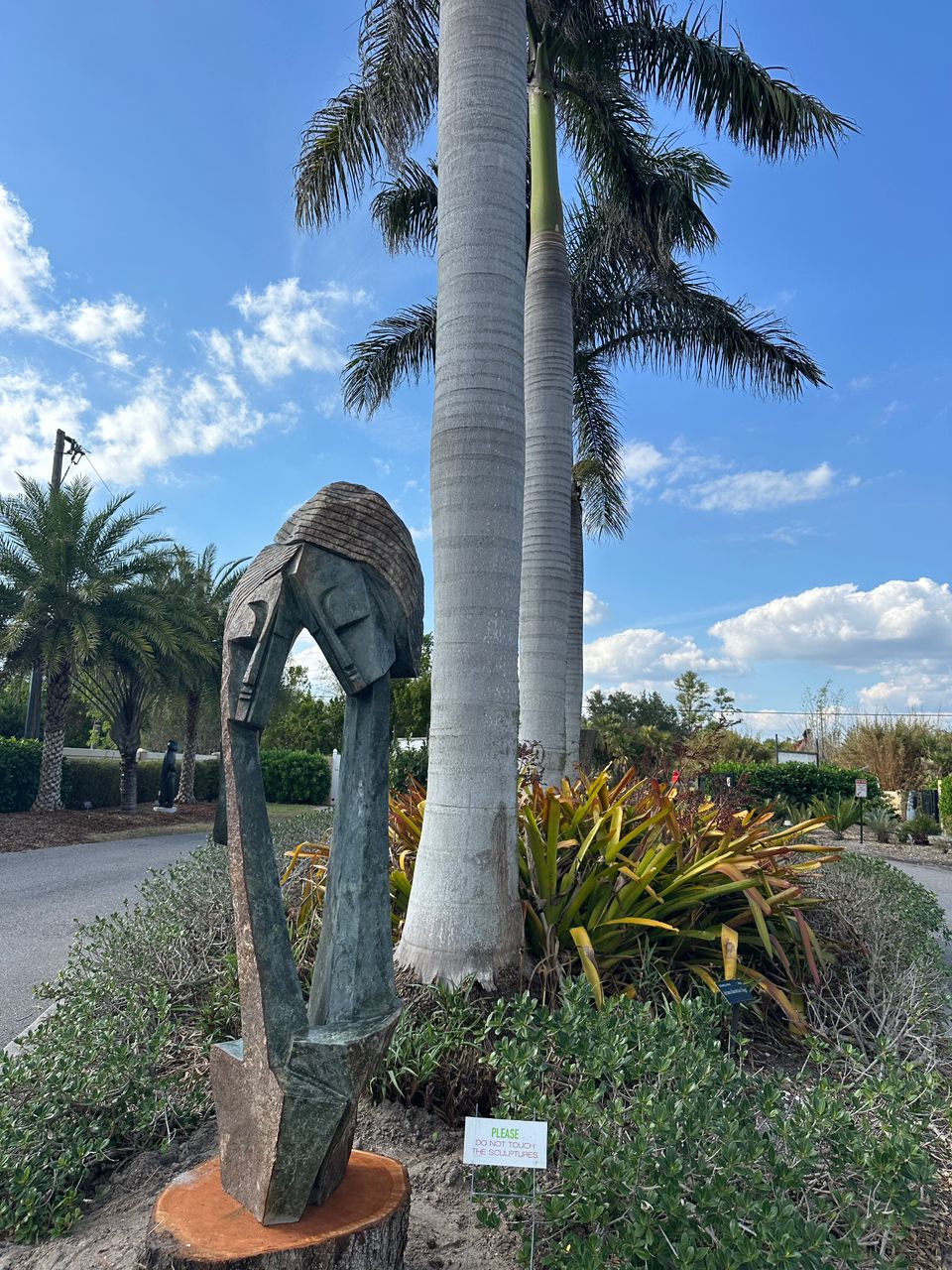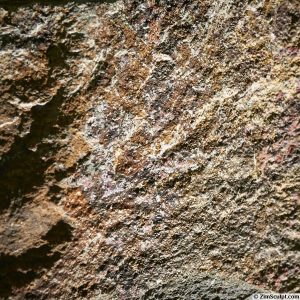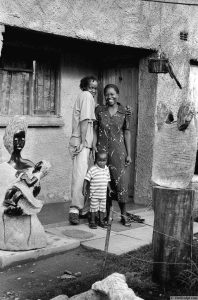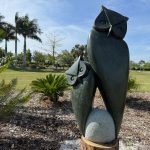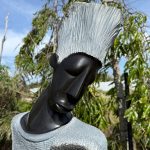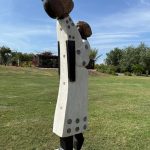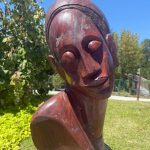The History of Shona Sculpture and Zimbabwe Sculpture
The Shona sculpture movement is deeply rooted in Zimbabwe’s tradition and is recognized as one of the most powerful African art movement. Shona sculpture reflects the rich cultural heritage of Zimbabwe and stands as one of Africa’s most powerful and respected art forms. Emerging from the ancient stone traditions of Zimbabwe sculpture, it continues to evolve, blending modern artistry with centuries of symbolism and craftsmanship. This article explores its origins, materials, and ongoing legacy.
Ancient Zimbabwe Sculpture at Great Zimbabwe
In 1250, artisans began constructing stone structures at Great Zimbabwe, including royal enclosures and a conical tower. These ruins reveal a strong tradition of stone work. Craftsmen carved soapstone birds, placing them on the walls and sacred pillars of the ancient city.
These carvings became national symbols. Today, the Zimbabwe Bird appears on the national flag and previously featured on currency. You can see images of the original birds at the Great Zimbabwe Museum (outbound link).
The Rebirth of Shona Sculpture Movement in Modern Zimbabwe
Although ancient Zimbabwe sculpture faded after the fall of the Monomutapa Kingdom, the spirit of stone carving returned in the 1950s. Local artists began creating expressive works using traditional tools and locally sourced stone.
Today, Shona sculpture is a globally recognized contemporary art form. You can explore our online gallery of Shona stone sculptures or learn more about the artists behind the work.
Zimbabwe’s Serpentine Stone and the Great Dyke
Shona sculptors use local stones sourced from Zimbabwe’s Great Dyke, a 500 km geological marvel. This ridge produces over 200 stone varieties, rich in iron and minerals. The stone’s hardness ranges from 1 to 5.5 on the Mohs scale, with Springstone being a favorite among professional sculptors.
These stones include:
-
Opalstone – softer, lighter, perfect for beginners
-
Cobalt – dense and smooth, ideal for intricate designs
-
Springstone – dark, hard, and polished to a mirror finish
Shona Sculpture as a Source of Income
In Zimbabwe, sculptors mine their own stone by hand using safe, small-scale open-pit methods. These practices do not harm the environment and offer rural families an alternative source of income.
At ZimSculpt, we work directly with these artists. Our purchases fund rent, school fees, groceries, and essential daily needs. By buying from our Shona Sculpture Gallery or our Collectors Corner collectors directly support local artists.
One sale helped pay a year’s university tuition for the daughter of renowned artist Joe Mutasa, now studying at Rhodes University in South Africa.
Community Support Through Sculpture
ZimSculpt reinvests profits to support art and social projects. We run an Artist Family Scheme, which helps children of sculptors lost to HIV. Donations from buyers cover school fees, food, and clothing.
We also donate 5% of all online sales to Inter-Country People’s Aid (IPA), a grassroots Zimbabwean charity.
Click here to watch our video on the Chitungwzia Art Center
Why Shona Sculpture Matters
Shona sculpture speaks a universal language. It tells stories of struggle, growth, memory, and hope—carved in stone by the hands of Zimbabwean visionaries.
Support Zimbabwe sculpture by purchasing directly from the artists. Read about our upcoming exhibitions .
- Bonnet House Museum&Gardens
- Nature Shona Sculpture
- Shona Sculpture Movement
- Shona Sculpture Movement – Sculpture in Springstone
- Shona Sculpture Movement – Head Portrait



